The name of the city of Rabat is translated from Arabic as a "fortified monastery." This is the capital of Morocco, its cultural and industrial center. More than one and a half million people live here. Rabat leads his story from the third century to our era. Therefore, it can be imagined that there are a lot of vintage structures in the city and buildings. That's what we are talking about them.
Necropolis Shells (Chellah)
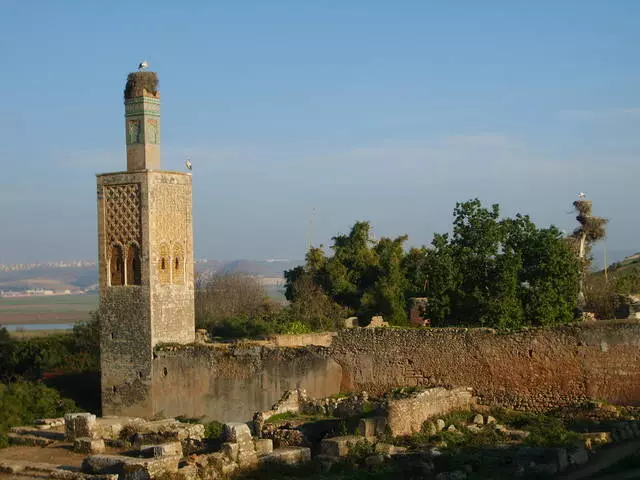
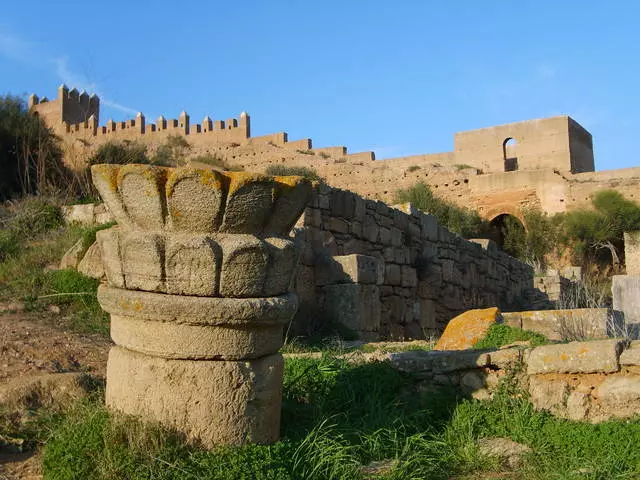
Today, necropolis is the ruins of a once-rich and beautiful city, crouched with thick vegetation. At the tops of minarets, trees have already grown, in the branches of which fibers of the nests storks and other birds, and in the once lush fountains settled amphibians. The reason for this ruin is that in 1755 a strong earthquake happened to Morocco, which almost erased the complex from the Earth. It would be possible to restore it, but the city administration did not allocate funds for reconstruction. So necropolis and began to slowly overcome vegetation. But, one way or another, this is a very important part of the city and a very interesting attraction, to which thousands of tourists coming out annually. Architectural buildings of necropolis are still distinguishable. As for the history of Necropolis, it is known that at first this part was in possession of the Carthage, and after his fall, the Phoenicians were traded and founded their colony, which existed until the Roman legions were destroyed. Later, barbarians came here, and they overthrew the Arabs. So many centuries, this territory owned completely different peoples who contributed their own to the ensemble, and today, even what can be distinguished, is a completely unique spectacle that cannot be visited.
Old City Medina Rabat (Medina)
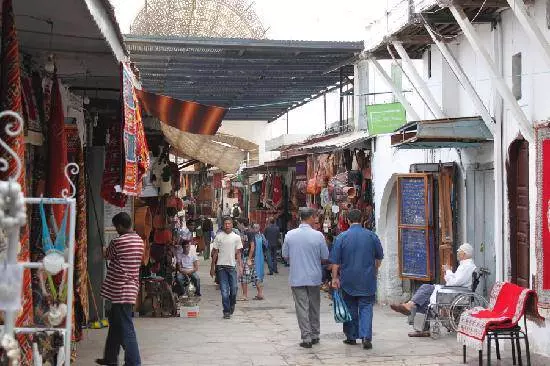
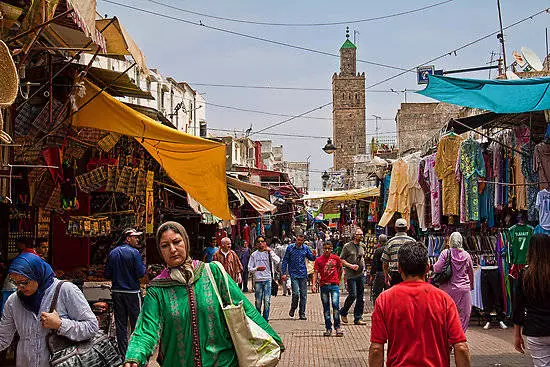
Medina is part of the city, which has a strict design, their mosque and markets, as well as settlements of residents, and, often residents of different ethnic accessories live separately in their parts of the medina and have their own rules. In Medina, it is very easy to get lost because Morocco's media, as a rule, resemble a huge labyrinth with narrow streets, so if you are going to go there, it is better to take a guide or visible with me. But, one way or another, this area is completely safe for tourists. Medina Rabat is located in the northern part of the city. The medina is protected by a fortress wall, which is dating 12 centuries. To visit the Medina of Rabat means becoming a part of the turbulent and rich life of the local - everything in motion, noise and gaps. Here, everything, as it was a century ago, life seemed to frozen. Is that, modernity almost penetrated these incredible labyrinths.
Avenue IBN Tumerte Avenue (Avenue IBN TOUMERTE)
This is one of the widest broadcast prospectuses. Today, you can see a number of luxury hotels, bars and restaurants. This is a great place to walk, and you really see many tourists here. Well, the types are opening chic!
Royal Palace of Rabat (Royal Palace Of Rabat)
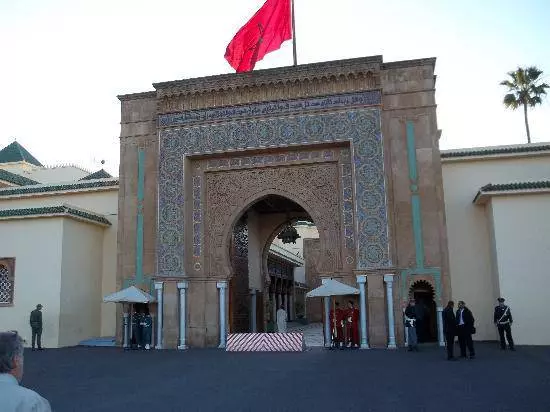
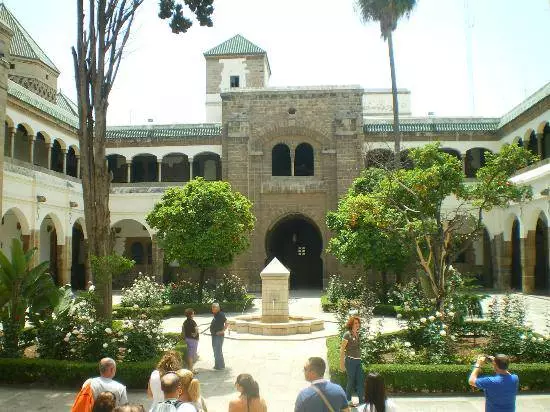
This is the residence of Mohammed VI, King Morocco, and the attraction of the whole country. Today, the Palace is solved by political and administrative issues of discount. Yellow two-story long building with towers and tiled roof is in the medina. The palace in the classic Arab style was built in 1864. Impressive mosaic-decorated carved metal gates under a massive arch are located. White lock walls. On the territory of the palace, banana gardens with fig palm trees and hibiscus are planted, and in the garden you can see a fountain with jets, which is considered sacred. Also on the territory there is a mosque al-Fasa, in which the king prays every Friday.
Fortress Kasba Udayas (Kasbah of the Udayas)

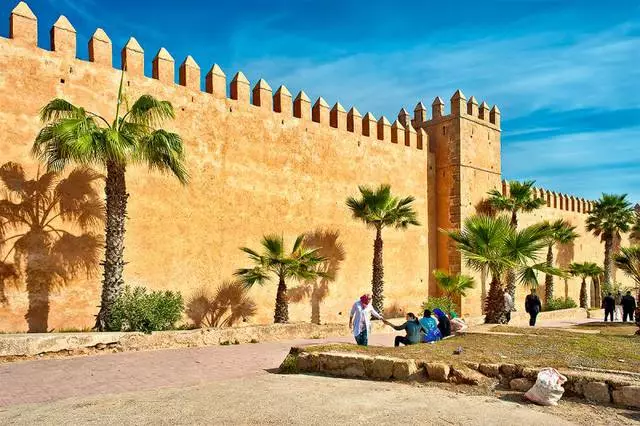
The monument of Moorish architecture, the fortress of Kasba Udaiyi built in the middle of the 12th century, but it became particularly important for the city only at the beginning of the 13th century. At the end of 12 inside the fortress portal was laid with animal images, which is very typical for Arab painting. Inside, you can see the minaret of Hassan 44 meters high, which built from stones intended for the construction of a mosque inside the fortress. For some time, the fortress came to the perfect decline, and at the end of the 16th century the fortress rebuilt the fortress. In addition, inside the fortress and to this day there are residential buildings with white-blue walls and an observation deck overlooking the sea in the northern part of the fortress.
Mausoleum Yusuf Ibn Tashfin (Youssef Ben Tachfine)
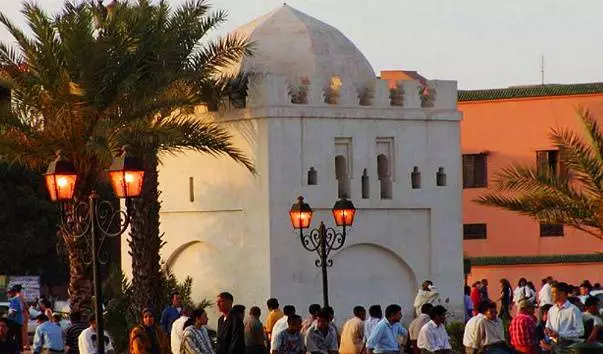
Yusuf Ibn Tashfin - by Marrakesh (1062) and the last commander-in-chief of almoravid troops, who conquered cities and countries, and from Algeria to Senegal. Also among his merit, the conquest of West Africa. Yusuf died at the age of about a hundred years and was buried in this mausoleum. By the way, the mausoleum was discovered only in the 20th century: French scientists committed an aerial photograph and noticed in the center of Marrakesh a fairly large quarter without entry. It was called a snog, the wall struck and found this very tomb of Yusuf Ibn Tashfin. It is strange that for many centuries, no one attempted this territory and did not come. But today it is a revered place, which attracts many tourists annually. There is a mausoleum on Avenue YouSsef Ben Tachfine.
Ruins of the Yakuba Al-Mansur Mosque (Ruins of Ya'Kub Al-Mansur Mosque)
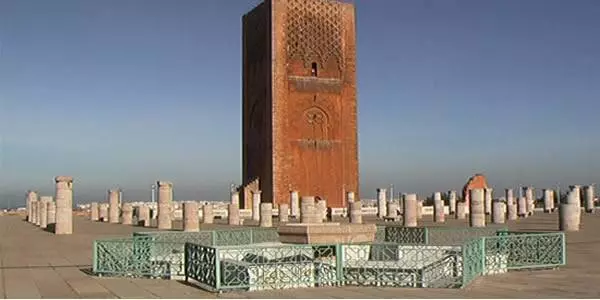
The story of the tag (from which only ruins remained today) quite interesting. They began to build it in the 12th century, but built it by Sultan Yakub al-Mansur. He imagined the construction of the next miracle of the world - the highest mosque in the world. The area of the future construction was isolated by colossal- 26 hectares, but the dome had to support 400 columns. The planned mosque was supposed to accommodate the huge army of Sultan for prayer. The staircase was also the original - Sultan was to enter her on her horse to the platform to give instructions with warriors. However, graceful plans were not destined to come true. Sultan died, and work turned. Moreover, in the 18th century, Morocco had a large earthquake, and unfinished parts of the mosque were very sought. In 1934, restoration work was carried out. In the mosque is Mausoleum Mohammed V and the Khasan Tower. The spectacle is extraordinary!
